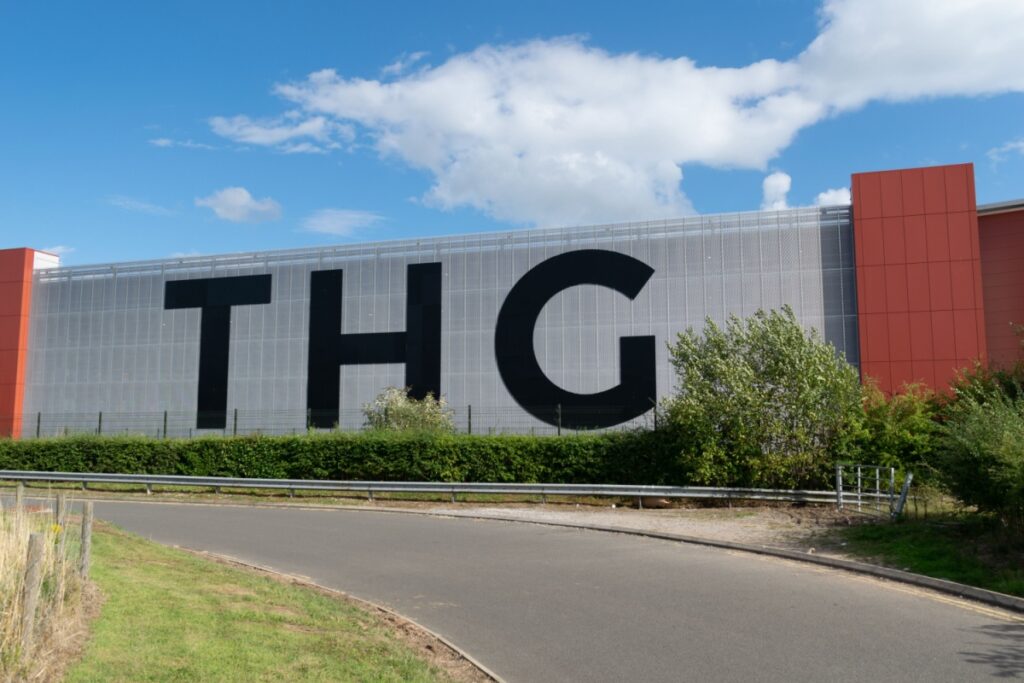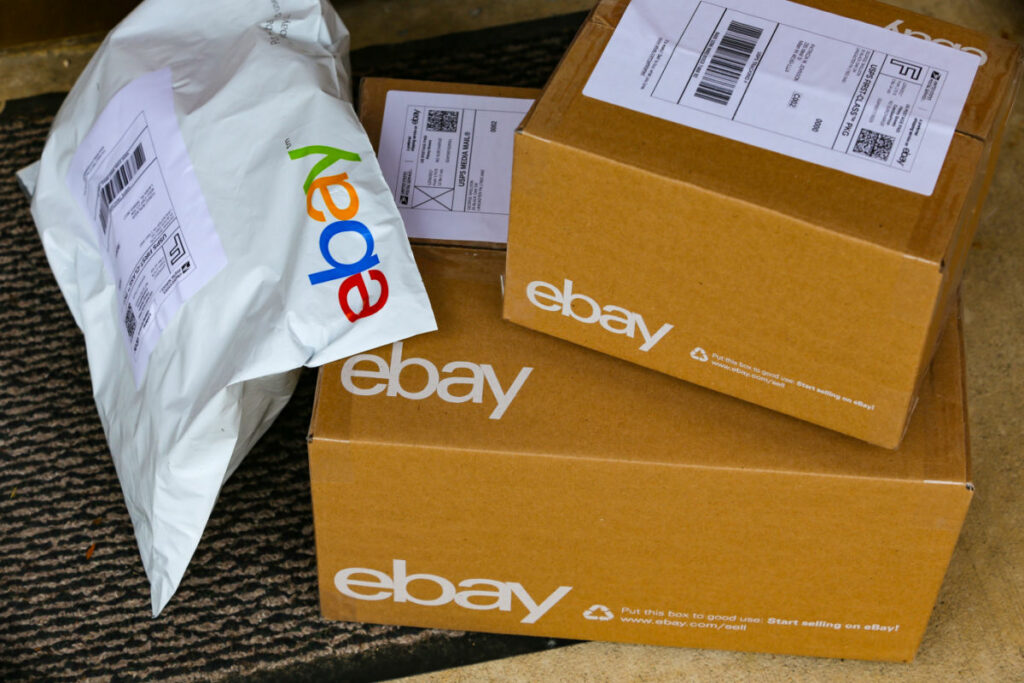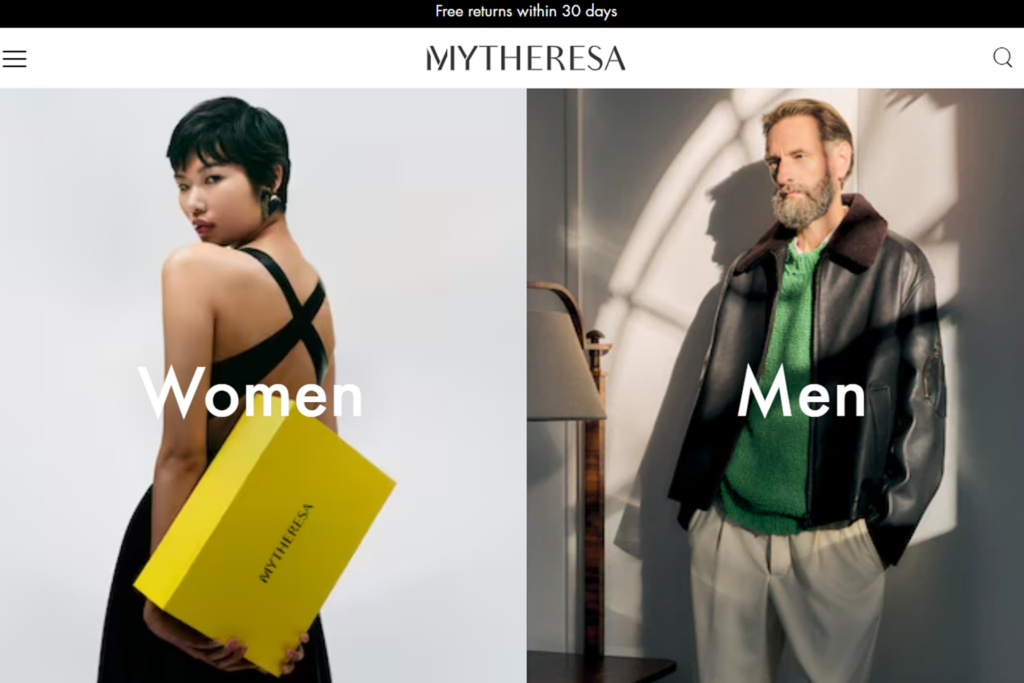// Following November’s staggering performance, online retail sales growth in December remained high at 37% YoY
// Total online retail sales growth for 2020 was up 36% YoY – the highest annual growth seen since 2007
// Multichannel retailers performed better than online-only counterparts for the first time since 2017, with growth of 57% vs 9.1%
The Covid pandemic and the dramatic increase in online shopping it prompted allowed the UK’s ecommerce sector to enjoy the highest online sales growth in 13 years.
Total online retail sales growth for 2020 was up 36 per cent year-on-year – the highest annual growth seen since 2007, according to the IMRG Capgemini Online Retail Index.
With the year being underscored by lockdowns and restrictions on the consumer way of life, the full year growth figure significantly outperformed the start-of-year prediction of 7.8 per cent.
READ MORE:
- Retailers suffer record sales slump in 2020 amid Covid crisis
- Retailers cut almost 177,000 jobs in 2020
- Retail Think Tank upbeat about sector’s health in second half 2021
As the UK navigated a series of tiered lockdowns, online retail sales in December defied forecasts of a poor Christmas trading period.
With sales starting early and Christmas travel plans halted, online shopping continued the momentum it had built throughout the quarter – with sales up 37.6 per cent across the three months.
Online sales growth in December alone was 37 per cent year-on-year, a slight dip on November’s growth of 39 per cent year-on-year, thanks to the Black Friday sales period and the second national lockdown in England.
Breaking down the results from a category perspective, the holiday period drove significant sales in electricals – up 116 per cent year-on-year.
Gardening sales were also strong for December – up 165 per cent year-on-year.
These figures round-off an extremely successful year for both categories, with electrical sales up 90.8 per cent and garden sales up 222.5 per cent.
Meanwhile as social interactions dwindled throughout the year, poor December clothing sales of 3.2 per cent year-on-year failed to boost the yearly figure of just 1.3 per cent.
This was down from 8.2 per cent in 2019.
Footwear was particularly hard hit, declining five per cent year-on-year in December and -10.8 per cent overall in 2020.
Other notable spending trends in December include the widening of the gap between multichannel and online-only retailer performance – with the two groups recording growth of 52.4 per cent and 11.4 per cent respectively.
For 2020 as a whole, the results echoed this pattern, showing overall sales growth of 57 per cent vs 9.1 per cent respectively.
In comparison, online-only retailers recorded 9.8 per cent growth in 2019.
“Retail in 2020 has been fundamentally shaped by the pandemic, which caused disruption to consumer demand norms and a shift in focus to digital channels; reflected in the strongest online year-on-year growth in 13 years,” Capgemini managing consultant Lucy Gibbs said.
She added: “Learnings from 2020 will be crucial as we navigate the uncertainties this year and a sense of a new baseline will take a while to be established.
“Retailers best set to ride out the storm are those with a strong online presence and the ability to remain nimble, using demand sensing to react to the changing landscape and adapt to surges both instore and online, combined with a readiness to take on opportunities as they come in 2021.”
IMRG insight director Andy Mulcahy said: “At the start of each year we usually provide a forecast for online sales growth for the coming year. In 2020 things changed rapidly, and it makes predicting 2021 extremely difficult.
“We could end up with a year where significant pandemic disruption lasts for the first quarter, the first half, or most of the year; shopper spend might divert strongly to experiences and holidays if things open up again; the economic situation might lead to a squeeze on spend; the list of potential macro variables goes on.
“As it is so uncertain, some datasets are going to look odd this year and we think putting a forecast out would not be useful. This might be a year where we have to adjust our understanding of what good looks like.
“For example: while growth in Q1 will probably look similar to previous lockdown rates, from April in 2020 those rates were extremely high and will be hard to build upon.
“If a category was up 120 per cent one month in 2020, recording a drop of 20 per cent for that same month in 2021 might actually be considered a reasonable result.”
Click here to sign up to Retail Gazette’s free daily email newsletter
















